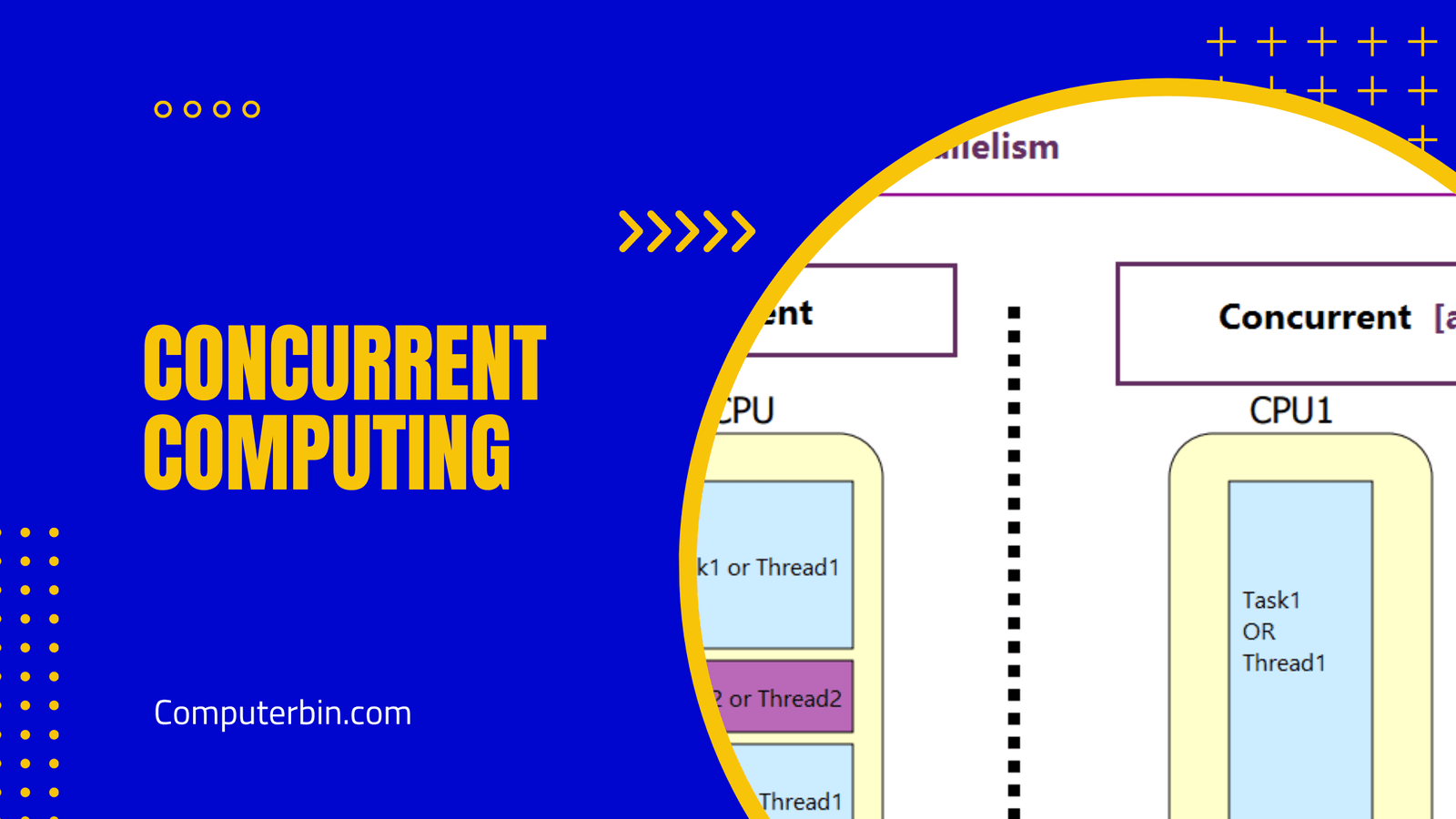CPU bottlenecks occur when a computer’s central processing unit (CPU) is unable to keep up with the rest of the system, leading to decreased performance. This can occur for various reasons; therefore, understanding the causes and solutions to CPU bottlenecks is essential for optimizing your computer’s efficiency.
What Causes a CPU Bottleneck?
CPU bottlenecks can be caused by several factors. Some of the most frequent causes include:
- Insufficient CPU Power: If a computer’s CPU isn’t powerful enough to handle the workload it is given, it may struggle and become a bottleneck. This issue often arises with older or budget-level CPUs that may not possess the same processing power as more recent or higher-end models.
- Overclocking: Overclocking is the practice of increasing a CPU’s clock speed beyond its manufacturer-recommended limit, which may improve performance but may cause a bottleneck if the CPU cannot handle an increased workload.
- Multiple CPU-intensive Tasks: Running multiple CPU-intensive tasks at once can put undue strain on a processor and lead to bottlenecking. This is often seen with tasks such as video rendering, 3D modeling, or gaming which require substantial amounts of processing power.
- Outdated Hardware: As technology progresses, software and applications may need more processing power to run optimally. If a computer’s hardware is outdated, it may struggle to keep up with these demands and create a bottleneck.
How to Spot a CPU Bottleneck?
There are several warning signs that could indicate a CPU bottleneck. These include:
- Slow system performance: If your computer seems to be running slower than usual, it could be due to a CPU bottleneck. This can manifest in slower loading times, stuttering or lag while running applications, or an overall feeling of heaviness or unease.
- High CPU Usage: If a computer’s CPU usage is consistently high, it could indicate an internal bottleneck. This can be verified using either a task manager or a system monitoring tool.
- Low GPU Usage: If a computer’s graphics processing unit (GPU) isn’t being utilized to its maximum potential, this may indicate a CPU bottleneck. You can check this using either a task manager or a system monitoring tool.
How to Eliminate CPU Bottlenecks?
There are various solutions to address a CPU bottleneck, depending on its cause. Some potential solutions include:
- Upgrade Your CPU: If a computer’s CPU is inadequate to handle the workload it is given, upgrading to a faster or higher-end model may help alleviate the bottleneck.
- Throttling Down Overclocking: If a CPU is being overclocked, decreasing its clock speed to an easier-to-manage level may help alleviate any bottlenecking effects.
- Closing Unneeded Tasks: Shutting down programs running in the background can reduce CPU load and help alleviate bottlenecking issues.
- Upgrading Other Hardware: If a computer’s other components, such as the GPU or RAM, are outdated or inadequate, upgrading these components can improve overall performance and eliminate CPU bottlenecks.
Conclusion
A CPU bottleneck occurs when a computer’s CPU cannot keep up with the rest of the system, leading to decreased overall performance. Understanding the causes and solutions to a CPU bottleneck is critical for optimizing your computer’s efficiency.





